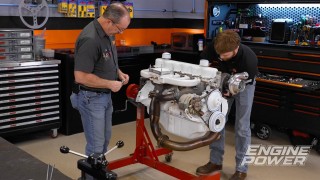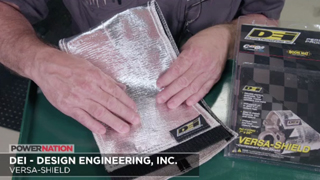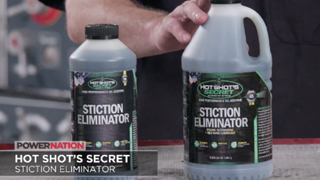
A Little Science + A Little Money = Triple the Power?
Building a 363ci race bullet that can take hours of track punishment, Mike and Pat dial in a small block Ford engine delivering almost triple the power for an endurance race team.
Season 6
Episode 13
Hosts: Mike Galley, Pat Topolinski
First Air Date: June 9, 2019
Duration: 20 minutes 22 seconds











































